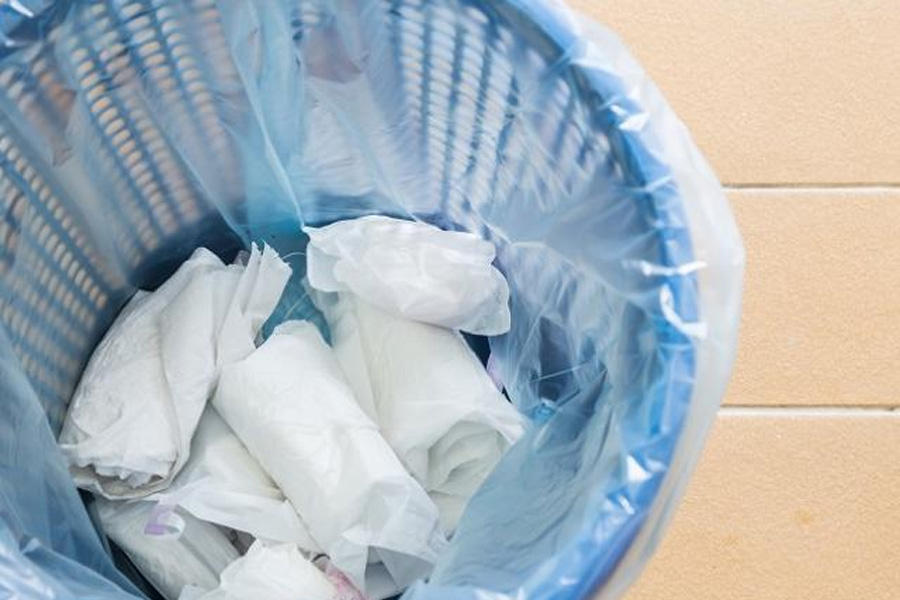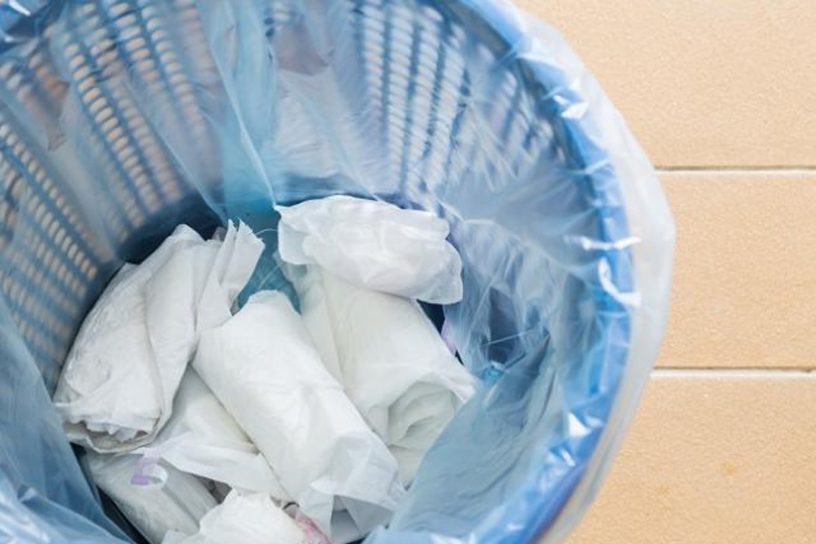
India’s indifference in dealing with sanitary waste is evidenced by the fact that we don’t have any reliable numbers to look at while deciding policy.
Authors
Armin Rosencranz, Professor, Jindal School of Environment & Sustainability, O.P. Jindal Global University, Sonipat, Haryana, India.
Abhishek Ganesh, O.P. Jindal Global University, Sonipat, Haryana, India.
Summary
India has more than 350 million menstruating women. Assuming 35 per cent of these women use sanitary napkins regularly at an average of eight pads a month, 200 tonnes of sanitary napkin waste are generated every day.
India’s indifference in dealing with sanitary waste is evidenced by the fact that we don’t have any reliable numbers to look at while deciding policy. The environment portal ‘Down to Earth’ estimated that 432 million pads are disposed every month.
In a government study conducted in 2011, it was estimated that merely 12 per cent of the 335 million menstruating women had access to disposable sanitary napkins. This becomes worse at the rural level, with a further chasm in reliable information on menstrual waste management practises.
As countries across the world have started making funding for menstrual hygiene management mandatory, the UNICEF has also pitched in to assist the process. The Bill and Melinda Gates Foundation has provided a grant to find a sustainable menstrual hygiene management solution in India.
In urban areas, sanitary waste is usually disposed of in dustbins, which eventually makes its way into one of the many landfills. Sanitary napkins that are discarded in public washrooms are often flushed down the toilet or left in bathroom corners. In rural areas, a majority of women bury their napkins. Incineration, as a method of waste disposal, is rare.
Women in rural areas generally don’t use underwear and the expensive sanitary pads in the market are of no use to them. As a result, many rural women often use infection-causing rags during their cycle. The chief issue is the lack of information surrounding menstrual hygiene in schools.
Published in: The Statesman
To read the full article, please click here.


